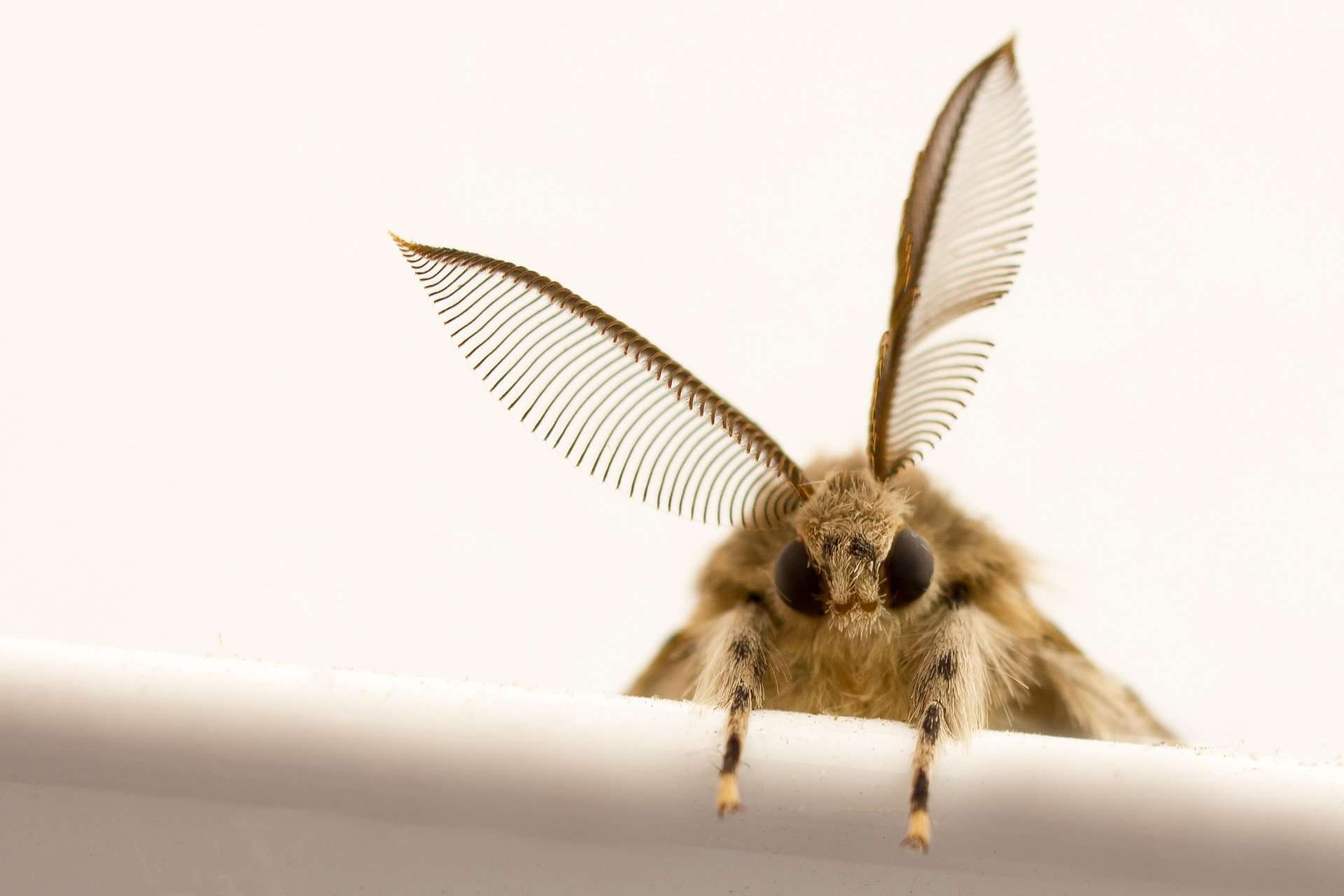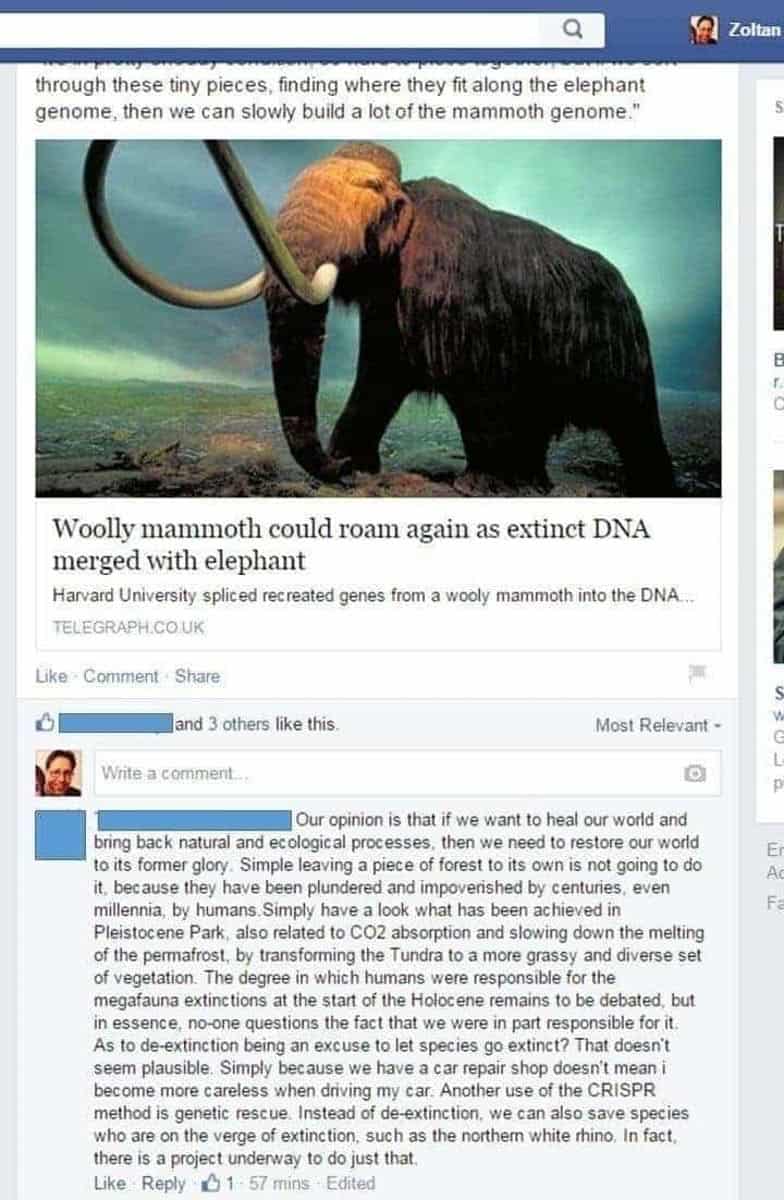Auditory perception in moths
Moths keep surprising us in their evolutionary adaptations to survive. They have the greatest hearing capability of all insects. The Greater Wax moth, Galleria mellonella, is found to have the highest frequency sensitivity in the whole animal kingdom. It can perceive sounds approaching a supersonic 300 kHz! In comparison, humans can hear up to 23 kHz and cats up to 64 kHz. So, 300 kHz is by far an outstanding number.
An evolutionary arms race
But why would these tiny night-flying insects evolve such outstanding hearing capabilities? This all has to do with the fact that they are night-flyers. And who else are flyers of the night? Right, bats. Bats can navigate through pitch-black environments using echolocation. They emit high-frequency sounds through their mouth or nose and by listening to the echo, they can locate surfaces in their environment and flying insects, their primary source of food. This brings us to the relationship between bats and moths and how they ended up in an evolutionary arms race.
An evolutionary arms race is the process of adaptations and counteradaptations between species. This is very common in predator-prey relationships. The predator and prey species are constantly adapting to outcompete each other. This sometimes leads to extremities in species evolution. The moth-bat relationship is an example of this. Bats use ultrasounds to locate their prey, moths. As a counteradaptation, moths developed ultrasound hearing capabilities via the process of natural selection. Moths use their hearing to avoid being eaten by bats. Bats in turn started to develop even higher-frequency sounds and so the arms race goes on. This is how the ultrasound hearing capabilities of moths went through the roof.
Another example of an evolutionary arms race is the predator-prey relationship between sea snails and crabs. Sea snails evolved to have strong shells, protecting them from predators. In turn, crabs have evolved powerful clawed front legs and strong jaws, which should help them in opening the sea snails’ shells.
Delicate ecosystem balances
The fact that species have evolved together influenced by complex interactions between species, shows again how delicate ecosystem balances are. Human interruptions can easily disturb the balance of these ecosystems, with often unforeseen consequences. This is especially the case in isolated ecosystems such as Australia or Hawaii, where introduced species outcompete indigenous species. For example, the Cane Toad, native to South and Central America, is spreading rapidly because the indigenous species are not adapted to the toxin it uses. The indigenous prey species most probably would have been adapted if the species were subjected to a millions of years long evolutionary arms race, just like the moths and the bats.
Who is the winner?
So far, it looks like the greater Wax moth with its hearing capability of 300 kHz far outcompeted the bat in this evolutionary arms race, as the highest frequency recorded coming from bats is 212 kHz. But, who knows what the bats are still going to come up with. The limits of evolution are yet to be discovered.









